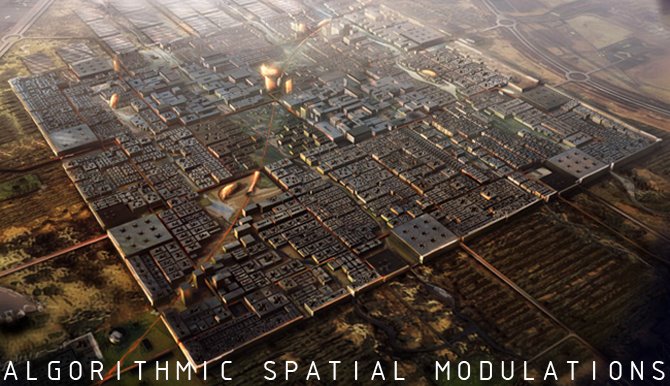
Beijing hosted a spectacular, uplifting, and distinctive Olympic Games. Statistics from an online survey showed that 231 million or 89.9 percent of Chinese Internet users watched the Olympic Games online; over one billion hours of live and recorded broadcasts were played on CCTV.com and its 100-odd partner websites during the 17-day Games, averaging 60 million hours per day; Chinese online media published over 3.3 million items of Olympic news, averaging some 20,000 per day. These are unprecedented statistics.
During the Olympic Games, CCTV provided nine channels delivering live and recorded broadcasts of 2,715 hours of coverage of 1,944 Olympic events, and CCTV.com provided a separate channel for all 28 Olympic sports and covered all events live – a total of 3,800 hours. CCTV.com also delivered 9,732 webcasts totaling 4,013 hours. Online broadcasts far exceeded conventional TV broadcasts in terms of total hours, and CCTV.com became the world's first new media organization to deliver live and recorded broadcasts of an entire Olympic Games.
[MORE...]


Niciun comentariu:
Trimiteți un comentariu